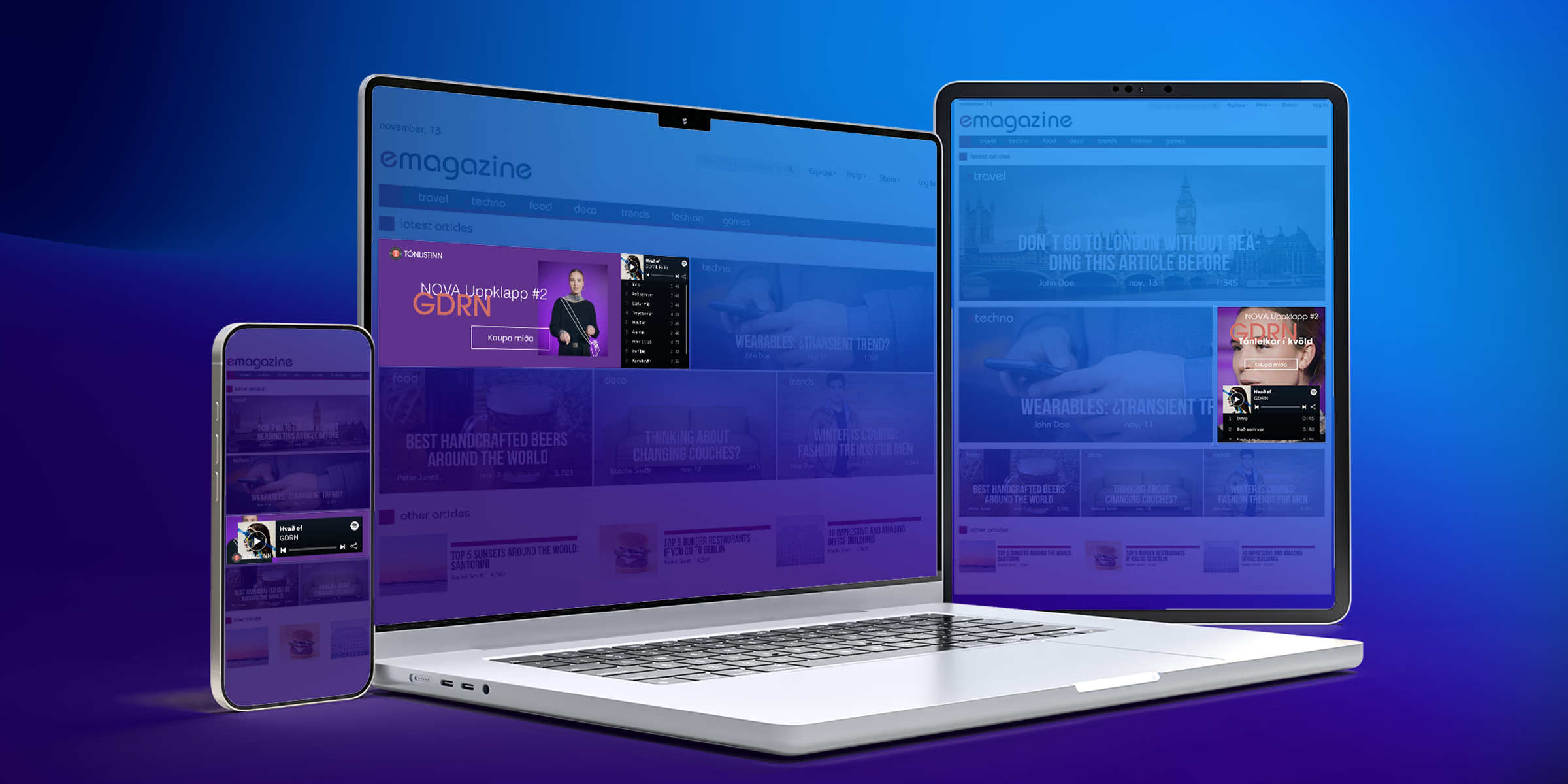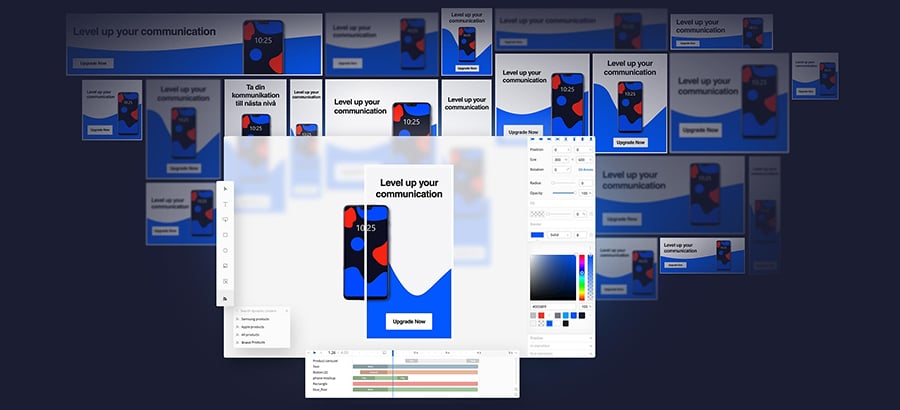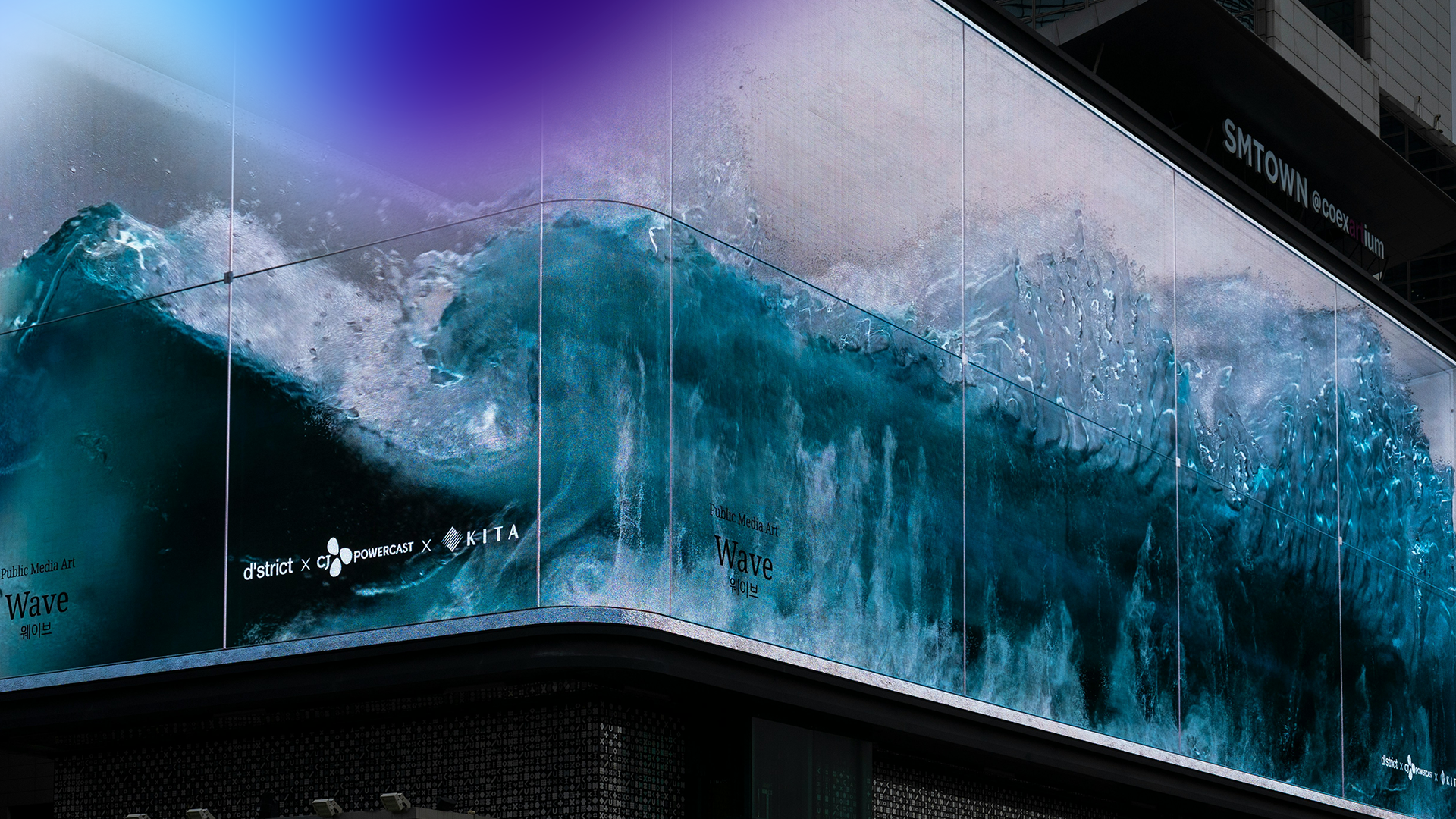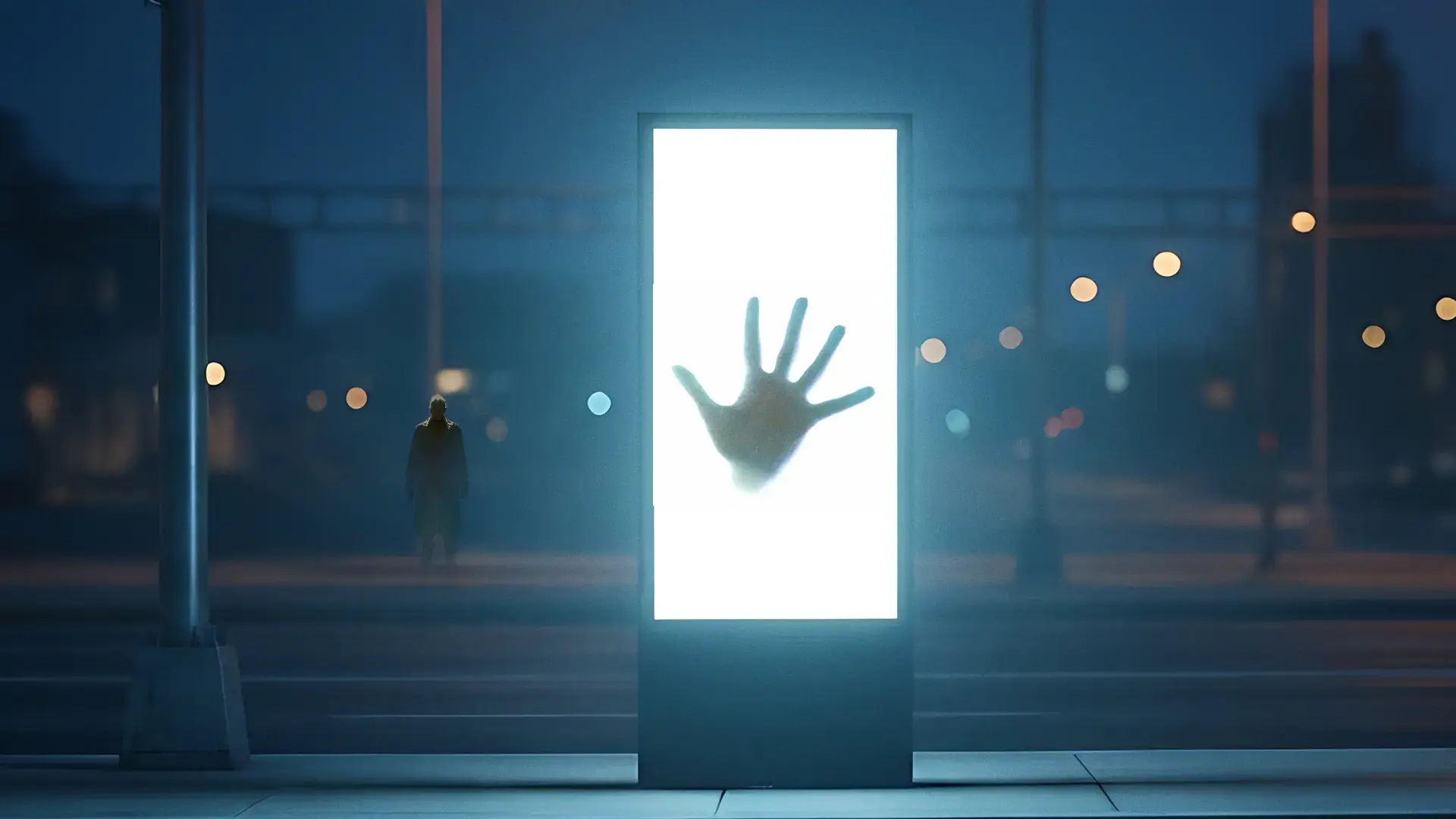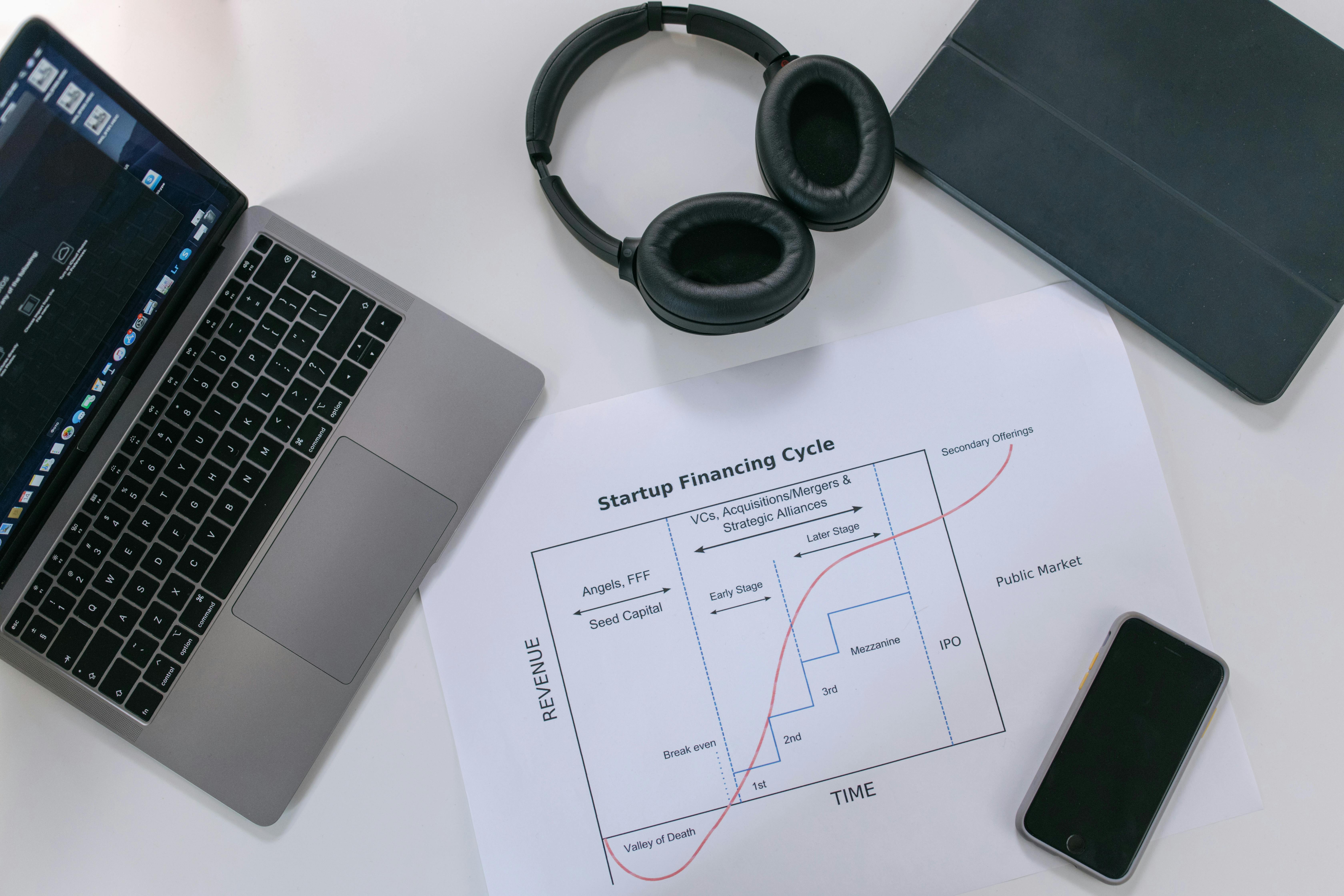The world of digital advertising is constantly in flux, requiring marketers to stay vigilant and keep updating their strategies for success. Harnessing the full potential of digital advertising can yield remarkable ROI for your efforts. Let's delve into ways to optimise your digital advertising strategy, be it on social media, programmatic platforms, or other digital channels.
Constructing and rolling out a new digital advertising campaign doesn't automatically pave the way for success. You also need to embrace ad campaign optimisation, which involves conducting tests, analysing performance metrics, and identifying potential enhancements.
In the light of the current economic instability, 2023 has presented significant challenges for paid advertising, making campaign optimisation more crucial than ever.
We present you five insider tips to help you fine-tune your strategy for optimal performance and maximise your digital advertising ROI for the rest of the year.
Prioritise creative production and customisation
There is no doubt that in an attention deficit society where more and more brands are competing for limited viewing time, focusing on creative content is the key to success. Optimising creative content paves the way for improved brand recognition and enhanced engagement, thus its growing importance.
After many years of being constantly barraged by ads across multiple platforms, many consumers have grown sceptical of advertising. Many of them are increasingly seeking personalised experiences, even from their favourite brands and in order for brands to connect to their personas, they will need to give them experiences that speak directly to them. To cater to this demand, advertisers need to craft relevant ads on a large scale, while also keeping the workload in check.
The optimal solution is to leverage creative automation. Utilising versioning tools and data-driven ad design can simplify the process, enabling you to swiftly create customised assets for comprehensive campaigns. Consider experimenting with dynamic ads to further boost conversion possibilities. Since certain elements of these ads adapt based on viewer-specific data (like ad copy variations per location), you can be assured of delivering the right message at the perfect time.
Regardless of the ad format, maintaining on-brand creatives is a necessity. This not only guarantees a familiar and genuine experience each time users interact with your ads but also bolsters brand trust.
Another key consideration is the optimisation of your ads for diverse devices. If your audience is primarily mobile, opt for the best-performing mobile sizes during ad design, and consider rich media or animated ads for increased visibility.
Try different strategies for targeting
Broadly speaking, precise targeting enhances ad relevance. Using assorted targeting strategies to clearly define an audience inclined towards your products or services can usually enhance engagement and conversion rates. However, hyper-targeting may lead to increased costs per click.
An alternative tactic is to customise your ads until they prove their potential in driving conversions and then broaden your reach by targeting a wider audience. By focusing on the power of creatives, you can cast a wider net and allocate your budget more effectively.
Creating a targeting approach for all stages of your funnel can help you gain better results than using the same approach across all stages. For example, during your brand awareness phase you probably want to target a bigger audience than you would during a retargeting campaign. Remember, creative is the new targeting.
No matter the approach, make sure to continuously monitor the performance of your initial target audiences during the campaign. You can pause poorly performing audiences and introduce new ones to ensure your ads reach the right individuals.
Don't hesitate to experiment with the targeting options available to you, especially as they emerge to see how they perform in relation to the existing options. There's no universal formula for defining an audience that guarantees high performance. The key is to explore various options to find the ideal fit for a particular campaign.
Adjust your digital advertising budget to reach your goals
Using the same campaign budget from last year might not work the same magic this year. For example, the cost per lead for Google Ads has gone up for 91% of industries, seeing an average rise of 19%, whilst on Meta, it is 737% times more expensive to get a click for the Finance industry than it is for the apparel industry, making it important to identify which platforms are best placed for reaching your goals as well.
If you're an expert in digital advertising, you know it's important to set clear and reachable goals for managers and clients.
Spend your budget smartly to meet your campaign's goal, whether it's driving sales, getting leads, boosting website traffic, or making your brand more popular.
Use automated bidding strategies and work out a daily budget for your campaign, then multiply it by 30.4 to get a rough idea of your monthly budget. Later, if you see more conversions at a good cost, feel free to increase your budget. But, if it's costing you too much per conversion, you might want to lower your budget. Before doing that, try some other ways to improve, like changing parts of your creative or landing page, and taking out placements that aren't doing well.
Big, sudden changes to your budget can mess up your campaign, so it's usually best to adjust by no more than 10% at a time. If you need to cut back a lot on your budget, do it bit by bit. The same goes for increases.
When you're dividing up your money, always keep some for A/B testing. It's a great way to help your campaign do better.
Keep doing A/B tests, even when your campaign is doing great
No matter how good your targeting is or how well your creatives are designed, it is almost impossible for you to guess how the audience will respond to your campaign.
That is where A/B testing comes in. When a campaign isn't doing well, A/B testing can show you what might need to be changed. You can do this by running two different ads or two versions of a landing page. This lets you see which one engages your audience better.
But don't just do these tests when things are going bad. Keep doing A/B tests even when you're happy with your current results because you can always improve. By testing all the time, even when things are good, you might find a new creative or landing page that does better than your current one.
When you're doing A/B testing, only change one thing at a time. This way, you can see what's really making a difference. For example, try two ad variations with just one change in each, like the ad copy, image, call to action button, colours, or something else. This goes for landing pages too. Also, test different variations of either the creative OR the landing page, not both at once. A/B testing won't work if you don't focus on one thing at a time.
Analyse your data consistently and use it to optimise your approach
In order to put yourself in the best position for gaining maximum return on investment from your digital advertising campaign, you need to proficiently harness the power of analytics.
Put time aside for yourself or your team to pick out the most relevant Key Performance Indicators (KPIs) right from the onset and ensure that they are aligned with your overall business goals.
It is essential that they are in sync with business goals and your campaign objectives, as tracking irrelevant KPIs may lead to erroneous tweaks and veer you away from your core goals instead of steering you towards them.
Review your campaign reports at consistent intervals and to understand the underlying data and identify potential modifications that put your campaigns in the best position to succeed.
A plethora of tools are at your disposal to collate these reports into user-friendly dashboards, ensuring you don't get swamped with data, and stay focused on the essentials that are relevant to your business.
Remember, campaign optimisation is an ongoing journey, not a one-off task. Consequently, it's not sufficient to scrutinise the performance once and consider it complete. Our suggestion? Do it on a weekly basis; if possible to stay on top of things, even if you don't make optimisation choices every time you evaluate the reports.
One vital piece of advice - resist the urge to make tweaks after the initial week of campaign execution, even if the performance seems underwhelming. This may negatively impact the performance of your campaigns as the various platforms require a certain amount of time to truly gauge the performance of your ads, so it's advisable to let it fine-tune itself before adjusting any campaign configurations. However, it also worth noting that some platforms such as Meta provide you with a number of automated rules that allow you to stay on of bids and budget.
Conclusion
Harnessing a Creative Management Platform (CMP) like Bannerflow can catapult your digital advertising process to new heights of efficiency and effectiveness. Imagine having the ability to visualise user engagement with your ads via heat maps, giving you invaluable insight into what grabs attention and what doesn't.
Bannerflow's A/B testing feature allows you to experiment with different ad variations, ensuring you're presenting the most impactful content to your audience. With the versioning tool, you can effortlessly create multiple versions of an ad for different audiences, languages, or regions, saving time while maintaining the highest standards of personalisation.
Finally, the campaign optimisation capabilities mean you're never standing still; you can consistently tweak, refine, and enhance your campaigns, driving higher return on investment. In essence, Bannerflow empowers you with data-backed decision-making, streamlining your digital advertising process and maximising results.
Get in touch today for a detailed understanding of what Bannerflow can do for you.


